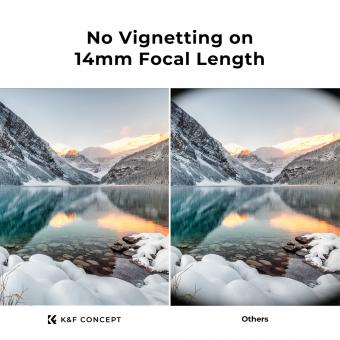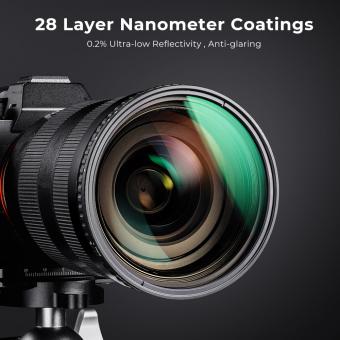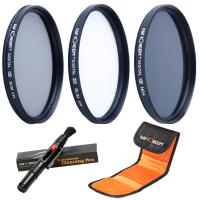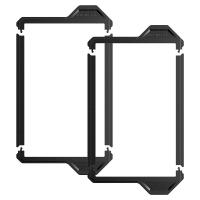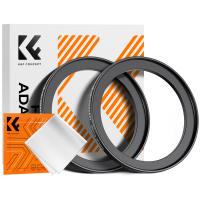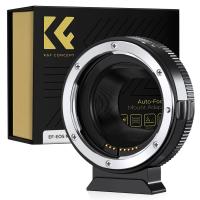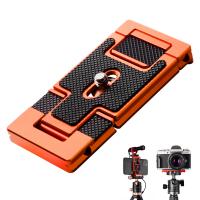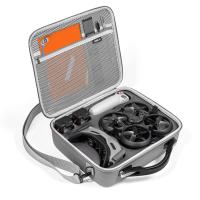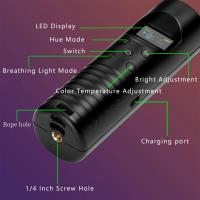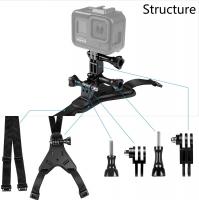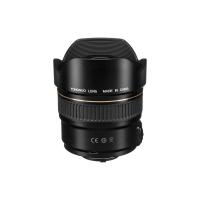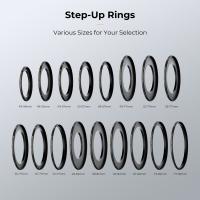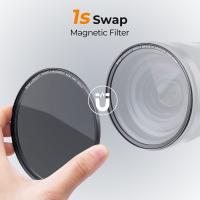How Many Filters On A Lens ?
The number of filters that can be used on a lens depends on the specific lens model. Some lenses have a built-in filter thread that allows for the attachment of screw-on filters, while others may require the use of filter holders or adapters. Generally, lenses can accommodate one or more filters at a time, allowing photographers to stack filters for different effects or to achieve specific results. However, stacking too many filters can potentially degrade image quality, so it is important to use filters judiciously and consider the impact on image sharpness and color reproduction.
1、 Optical Filters
Optical filters are an essential component of many lenses used in various fields, including photography, microscopy, and spectroscopy. These filters are designed to selectively transmit or block specific wavelengths of light, allowing for the manipulation of light in a controlled manner. The number of filters on a lens can vary depending on the specific application and the complexity of the optical system.
In general, lenses used in photography typically have one or two filters attached to them. These filters are commonly known as UV filters and polarizing filters. UV filters are primarily used to reduce the effects of ultraviolet light, which can cause haze and reduce image clarity. Polarizing filters, on the other hand, are used to control reflections and enhance color saturation.
However, it is important to note that the number of filters on a lens is not limited to just these two. In specialized applications such as scientific research or industrial imaging, lenses can be equipped with multiple filters to achieve specific objectives. For instance, in fluorescence microscopy, a lens may have multiple filters to selectively transmit different fluorescent dyes or markers.
Moreover, advancements in technology have led to the development of complex filter systems that can be integrated into lenses. These systems, known as filter wheels or filter changers, allow for the quick and automated switching of filters during an experiment or imaging process. This enables researchers to efficiently capture different wavelengths or perform multi-channel imaging without manually changing filters.
In recent years, there has been a growing trend towards the use of software-based filters in digital imaging. With the advent of computational photography, many image processing techniques can now simulate the effects of traditional optical filters. This has reduced the reliance on physical filters and opened up new possibilities for creative image manipulation.
In conclusion, the number of filters on a lens can vary depending on the application and the complexity of the optical system. While lenses used in photography typically have one or two filters, specialized applications may require multiple filters or the use of filter changers. Additionally, advancements in technology have led to the development of software-based filters, reducing the need for physical filters in some cases.
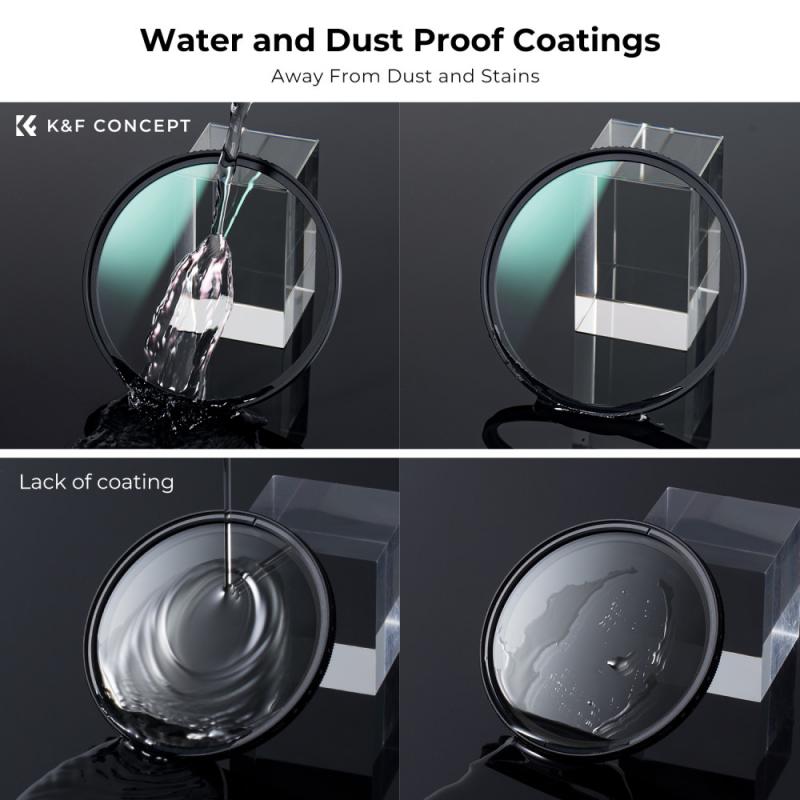
2、 UV Filters
UV filters are a popular accessory for camera lenses, primarily used to protect the front element of the lens from scratches, dust, and moisture. They also serve the purpose of reducing the amount of ultraviolet (UV) light that reaches the camera sensor, which can cause hazy and washed-out images, especially in high-altitude or coastal environments.
When it comes to the number of filters available for lenses, including UV filters, the options are vast. Different lens manufacturers offer a wide range of filters with varying features and qualities. Some filters are specifically designed for certain lens models, while others are more universal and can fit multiple lenses.
The number of filters on a lens depends on the photographer's needs and preferences. Some photographers prefer to use a single UV filter on each lens they own, while others may choose to have multiple filters for different shooting conditions or creative effects. Additionally, some photographers may opt not to use UV filters at all, relying on lens hoods or other protective measures instead.
It is worth noting that there is ongoing debate among photographers and experts regarding the necessity and impact of UV filters on image quality. Some argue that high-quality lenses already have built-in coatings that effectively reduce UV light, making the use of UV filters redundant. Others believe that UV filters can still provide an added layer of protection and potentially improve image quality, especially when using lower-quality lenses.
Ultimately, the decision to use UV filters and the number of filters on a lens is subjective and depends on the individual photographer's preferences and shooting conditions. It is recommended to research and experiment with different filters to determine their impact on image quality and find the best solution for each specific lens and shooting scenario.

3、 Polarizing Filters
Polarizing filters are a popular accessory for photographers and videographers, as they help to reduce glare and improve the overall quality of images and videos. These filters are typically used to control reflections, enhance colors, and increase contrast in outdoor photography.
When it comes to the number of filters available for lenses, there is no fixed number. The availability of polarizing filters depends on the specific lens and its filter thread size. Different lenses have different filter thread sizes, which determine the compatibility of filters.
Most lenses have a standard filter thread size, such as 52mm, 58mm, 67mm, or 77mm. These sizes are commonly found on entry-level and mid-range lenses. However, high-end lenses or specialty lenses may have larger filter thread sizes, such as 82mm or even larger.
The market offers a wide range of polarizing filters in various sizes to accommodate different lenses. Therefore, it is difficult to provide an exact number of filters available for lenses. Additionally, new filters are constantly being introduced by different manufacturers, offering advancements in technology and features.
It is worth noting that the popularity of polarizing filters has increased in recent years due to the growing interest in landscape and outdoor photography. As a result, manufacturers have been expanding their offerings to cater to the demand, providing photographers with a broader selection of polarizing filters to choose from.
In conclusion, the number of polarizing filters available for lenses is vast and ever-expanding. The availability of filters depends on the specific lens and its filter thread size. With advancements in technology and the increasing popularity of outdoor photography, manufacturers continue to introduce new filters to meet the needs of photographers and videographers.
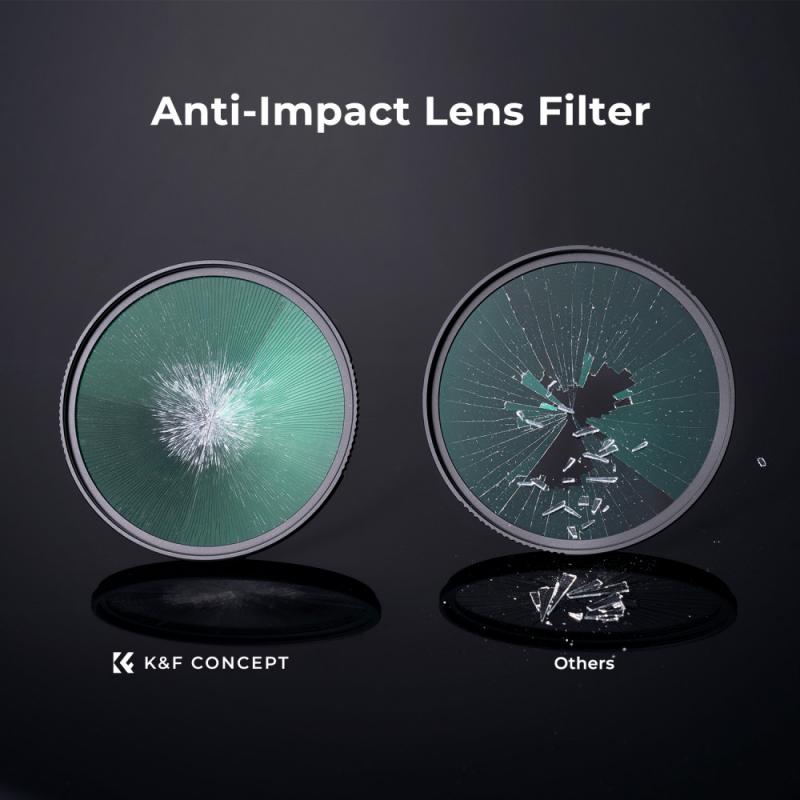
4、 Neutral Density Filters
Neutral density filters are essential tools for photographers and videographers, allowing them to control the amount of light entering the camera lens without affecting the color or contrast of the image. These filters are particularly useful in situations where the available light is too bright, such as when shooting in bright sunlight or capturing long-exposure shots.
The number of filters available for a lens depends on various factors, including the lens manufacturer, lens diameter, and the specific needs of the photographer. Generally, lenses have filter threads on the front, which allow for the attachment of filters. The most common filter thread sizes are 52mm, 58mm, 67mm, 77mm, and 82mm, but there are many other sizes available.
When it comes to neutral density filters, there is a wide range of options to choose from. These filters come in different strengths, measured in stops, which indicate the amount of light they block. Common strengths include ND2 (1-stop), ND4 (2-stop), ND8 (3-stop), ND16 (4-stop), and ND32 (5-stop), among others. Some manufacturers also offer variable neutral density filters, which allow for adjustable light reduction by rotating the filter.
In recent years, there has been a surge in the popularity of neutral density filters, with many photographers and videographers incorporating them into their creative workflows. As a result, manufacturers have responded by offering a wide variety of options to cater to different needs and budgets.
It is worth noting that the number of filters a lens can accommodate is not limited to neutral density filters alone. There are various other types of filters, such as polarizing filters, UV filters, and color filters, which photographers may choose to use in combination with neutral density filters to achieve specific effects or address different shooting conditions.
In conclusion, the number of neutral density filters that can be used on a lens depends on the filter thread size and the specific requirements of the photographer. With the increasing popularity of these filters, manufacturers have expanded their offerings to provide a wide range of options to cater to different needs and shooting scenarios.












